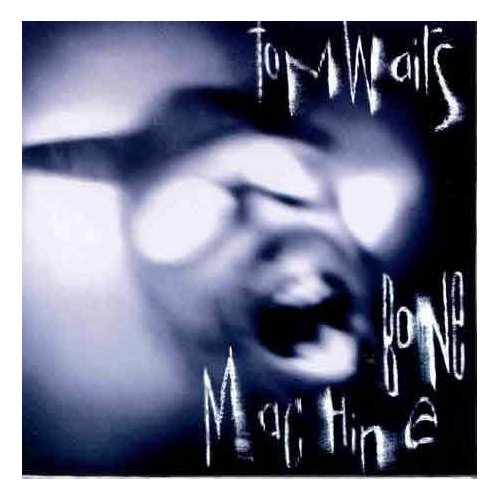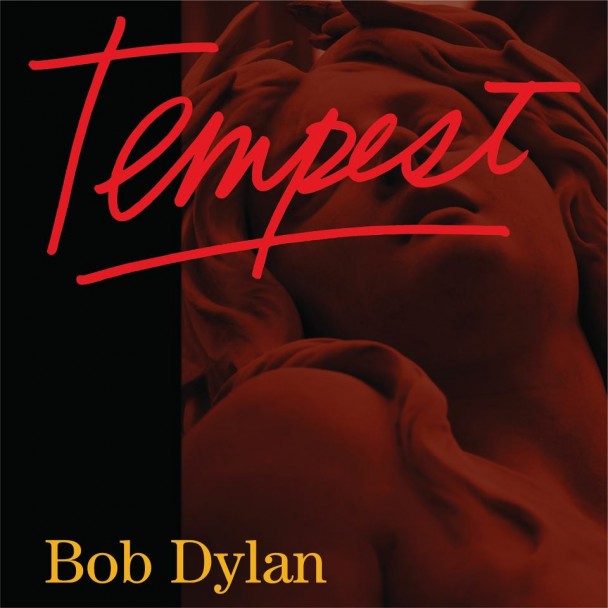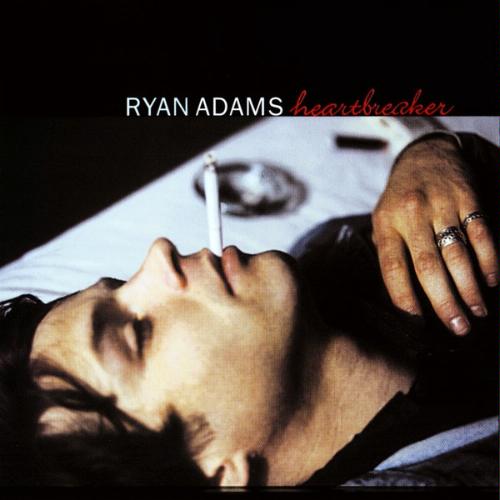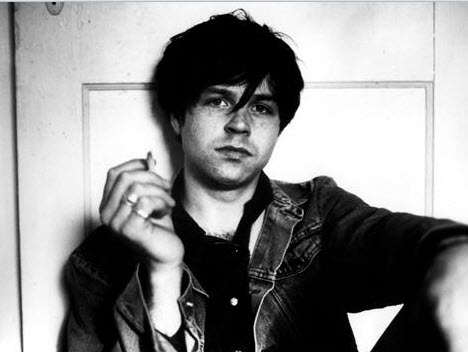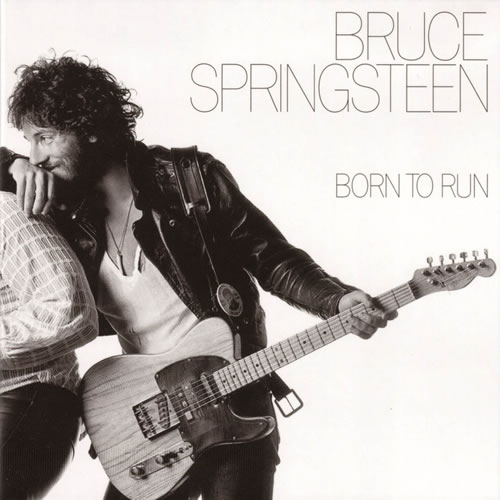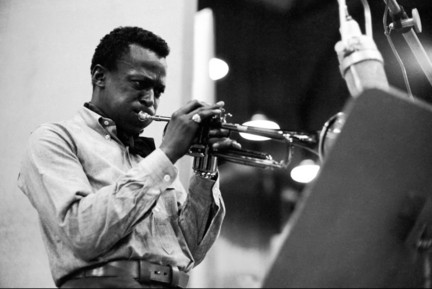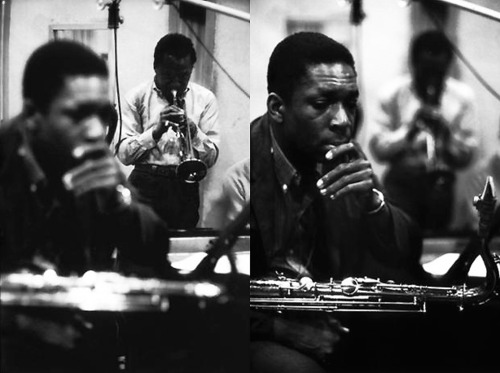OLD post … You’re being redirected to a newer version……
“it ain’t no sin, to take off your skin and dance around in your bones”
~Tom Waits
From Wikipedia:
| Released | September 8, 1992 |
|---|---|
| Recorded | Prairie Sun Recording, Cotati, California |
| Genre | Rock, experimental rock, blues rock |
| Length | 53:30 |
| Label | Island |
| Producer | Tom Waits |
Bone Machine is a critically acclaimed and award-winning album by Tom Waits, released in 1992 on Island Records. It won a Grammy Award for Best Alternative Music Album, and features guest appearances by Los Lobos‘ David Hidalgo, Primus‘ Les Claypool, and The Rolling Stones‘ Keith Richards.
Bone Machine marked a return to studio material for Waits, coming a full five years after his previous studio album, Franks Wild Years (1987). The album is often noted for its dark lyrical themes of death and murder, and for its rough, stripped-down, percussion-heavy blues rock style.
Recording & production:
Bone Machine was recorded and produced entirely at the Prairie Sun Recording studios in Cotati, California in a room of Studio C known as “the Waits Room,” in the old cement hatchery rooms of the cellar of the buildings.
Mark “Mooka” Rennick, Prairie Sun studio chief said:
[Waits] gravitated toward these “echo” rooms and created the Bone Machine aural landscape. […] What we like about Tom is that he is a musicologist. And he has a tremendous ear. His talent is a national treasure.
Waits said of the bare-bones studio, “I found a great room to work in, it’s just a cement floor and a hot water heater. Okay, we’ll do it here. It’s got some good echo.” References to the recording environment and process were made in the field-recorded interview segments made for the promotional CD release, Bone Machine: The Operator’s Manual, which threaded together full studio tracks and conversation for a pre-recorded radio show format.
Artwork:
The cover photo, which consists of a blurred black-and-white, close-up image of Waits in a leather skullcap with horns and protective goggles, was taken by Jesse Dylan, the son of Bob Dylan. He wears this same outfit in the video for “Goin’ Out West” and “I Don’t Wanna Grow up”.
Continue reading “Bone Machine” (Tom Waits) is 20 – Happy Birthday!

